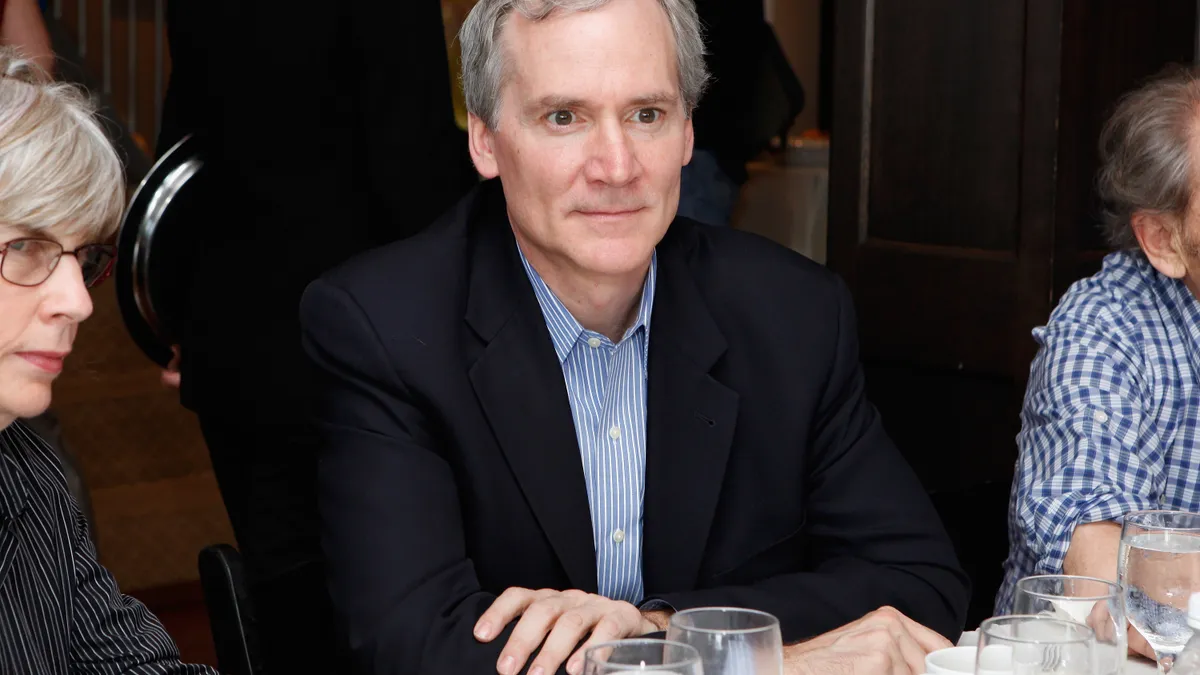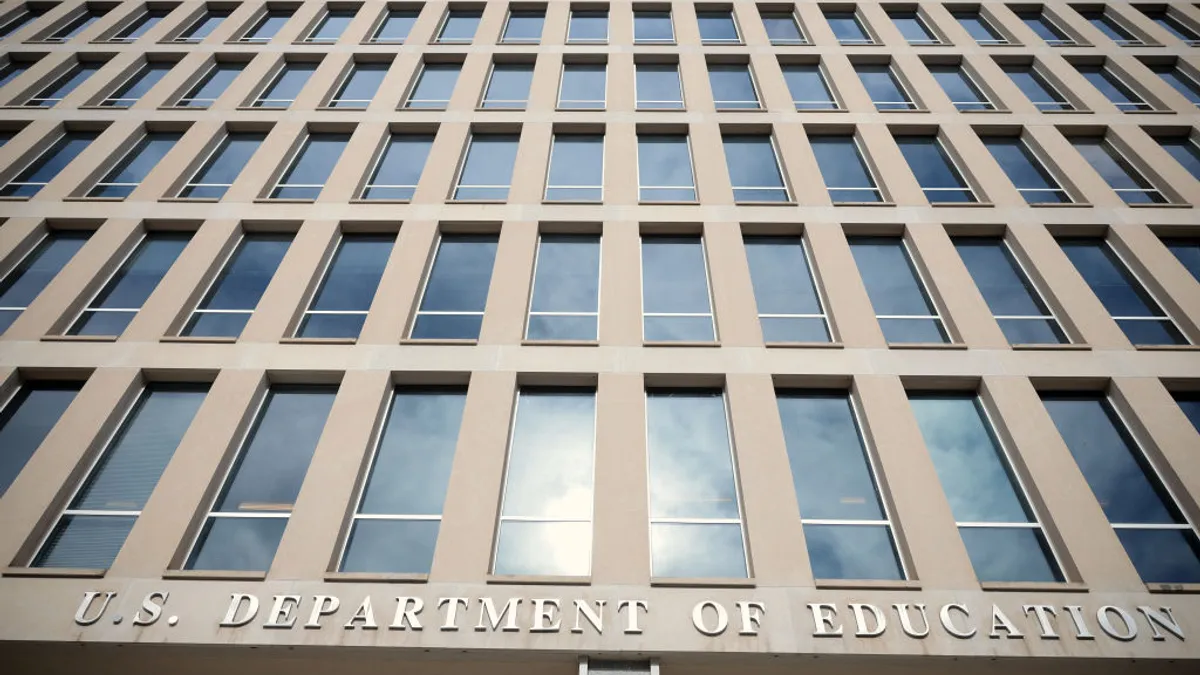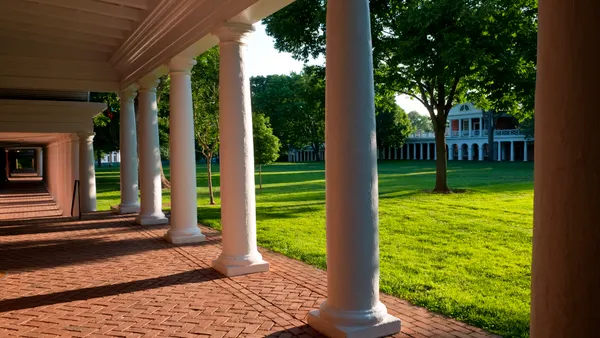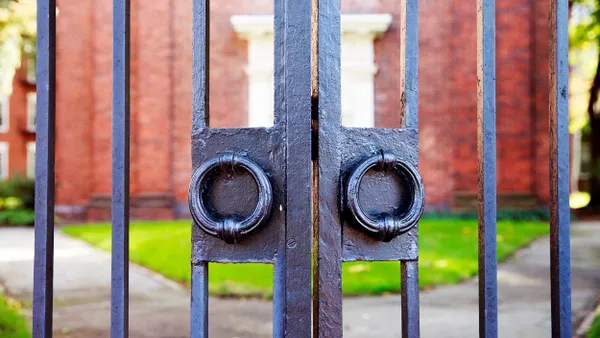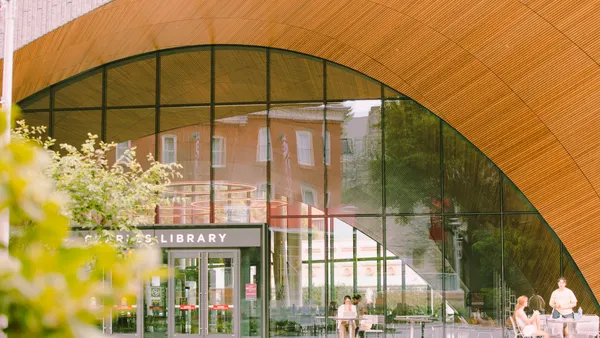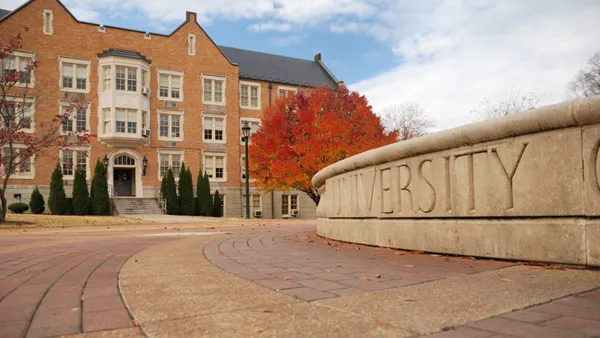Dive Brief:
- Stanford University’s trustee board will investigate accusations of research misconduct involving Marc Tessier-Lavigne, the institution’s president, it said Wednesday.
- Tessier-Lavigne helped author four papers that have been under scrutiny for years on the website PubPeer, a forum where scholars can flag potential inconsistencies in research. Scientists have alleged the papers contain manipulated images.
- However, the university’s inquiry stems not from the longstanding allegations but from a new report from its student newspaper, The Stanford Daily. The publication discovered a prominent academic journal, the European Molecular Biology Organization Journal, or EMBO Journal, is also reviewing one of the papers.
Dive Insight:
The integrity of scholarly work is essential in academe, and thus allegations of academic misconduct can derail college executives’ careers.
One case involved Gregory Vincent, a former president of the Hobart and William Smith Colleges, a New York private institution. Vincent resigned in 2018 amid accusations he plagiarized his dissertation.
An adverse finding from Stanford’s investigation could similarly cause problems for Tessier-Lavigne, who took over the Stanford presidency in 2016.
He is regarded as a preeminent neuroscientist who focuses on brain development. He has researched causes and treatments of degenerative brain diseases such as Alzheimer’s, as well as flaws in neural development.
The papers under review date back to as early as 2001. One was published in 2008 in the EMBO Journal, while the other three came out in the Nature and Science journals in 2001 and 2003.
Images in all four pieces of research appear to have been manipulated, Elisabeth Bik, a prominent expert in image analysis and science integrity, told The Stanford Daily.
The pictures are mostly analyses of proteins. Bik identified apparent manipulations, including that they had been flipped and duplicated in a way that could have affected the research results.
In some cases, these alterations appeared intentional, Bik said.
Stanford told the Daily that the president was not involved in producing the images being contested in two of the papers. In the other two papers, potential problems “do not affect the data, results or interpretation of the papers,” the university said.
However, university spokesperson Dee Mostofi confirmed to Higher Ed Dive it will investigate the allegations.
The trustee board will oversee the probe “consistent with its normal rigorous approach by which allegations of research misconduct are reviewed and investigated,” Mostofi said in an email.
Tessier-Lavigne, in a statement provided by Mostofi, said both he and the university prioritize scientific integrity.
“I support this process and will fully cooperate with it, and I appreciate the oversight by the Board of Trustees,” Tessier-Lavigne said.
Mostofi did not respond to a question about the timeline of the investigation. However, historically such inquiries have been slow, as Bik lamented in a New York Times essay last month.
Colleges and academic journals have often not responded to image manipulation, said Bik, who claims her work has led to 956 corrections and 923 retractions.
“Scientific publishers care enormously about their reputations, and research institutions might be embarrassed to admit that misconduct occurred within their walls,” Bik wrote.



